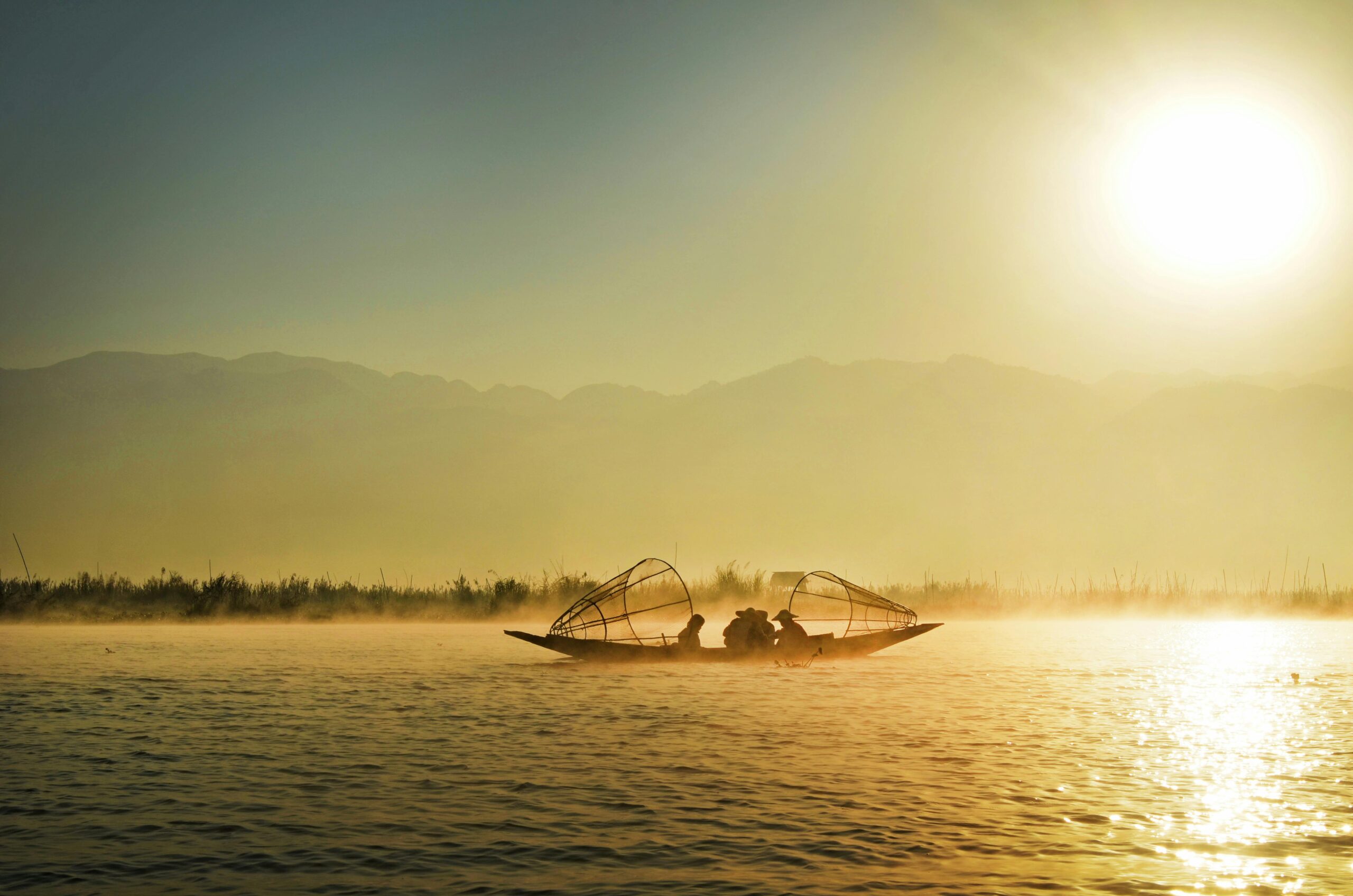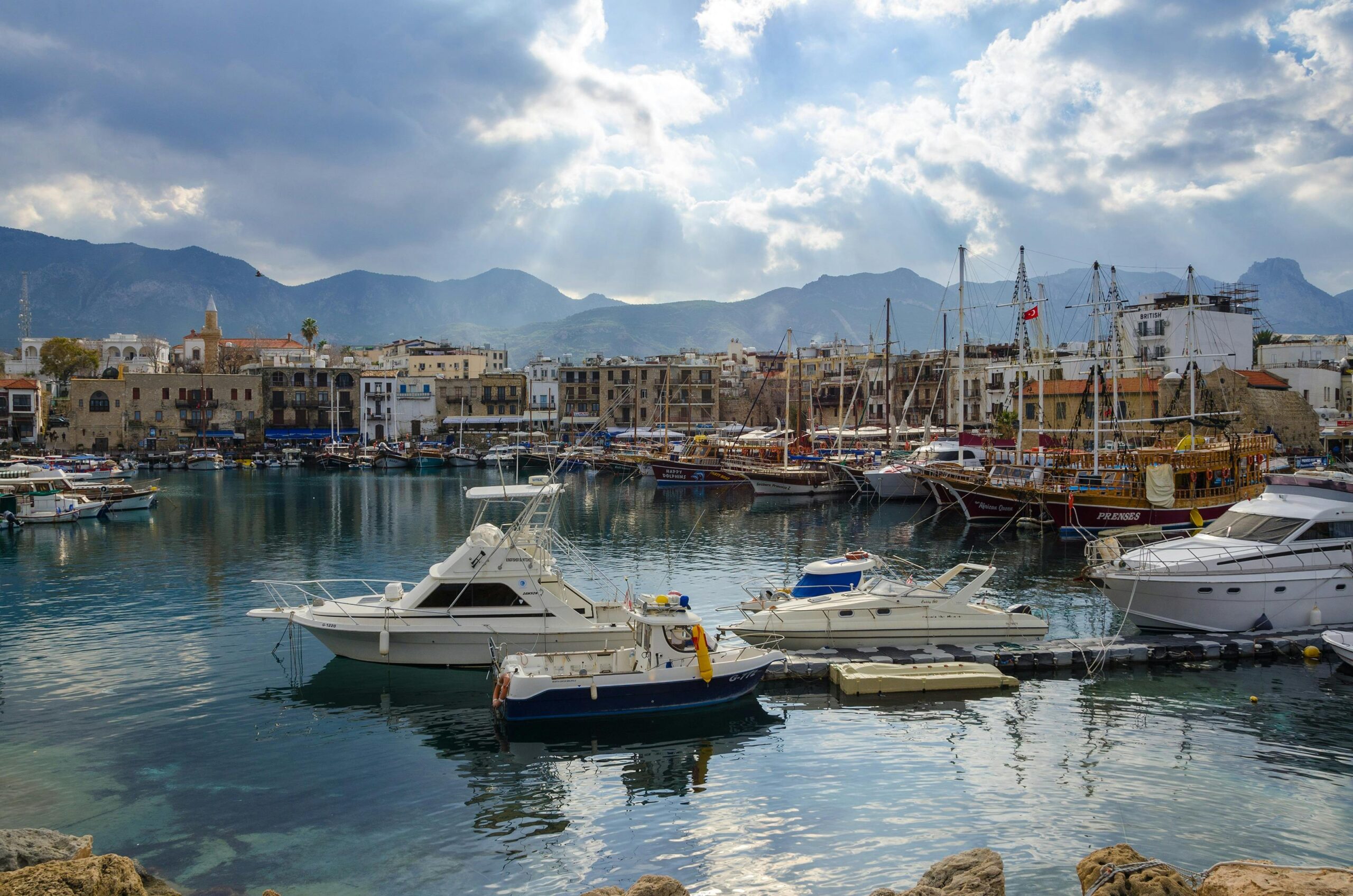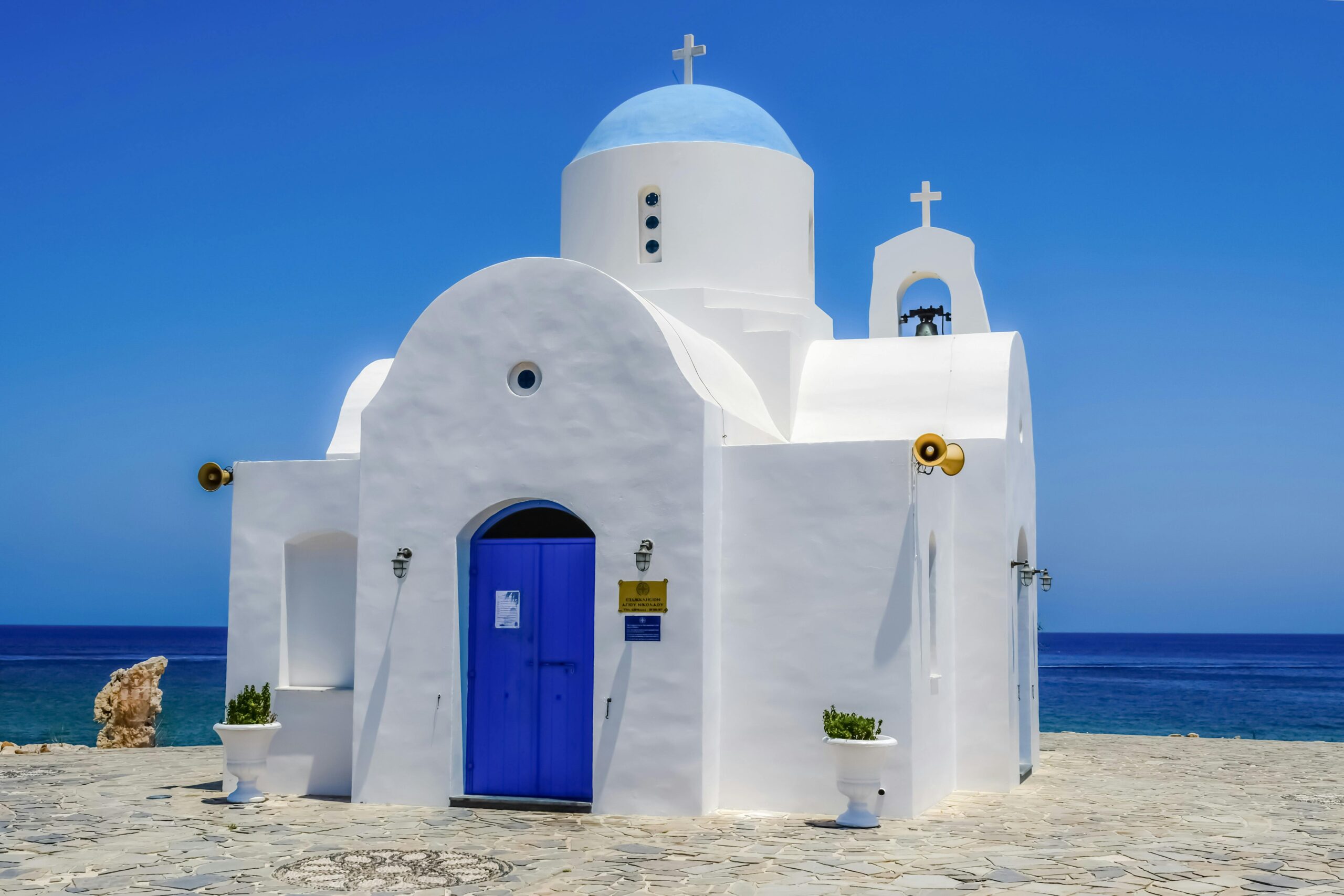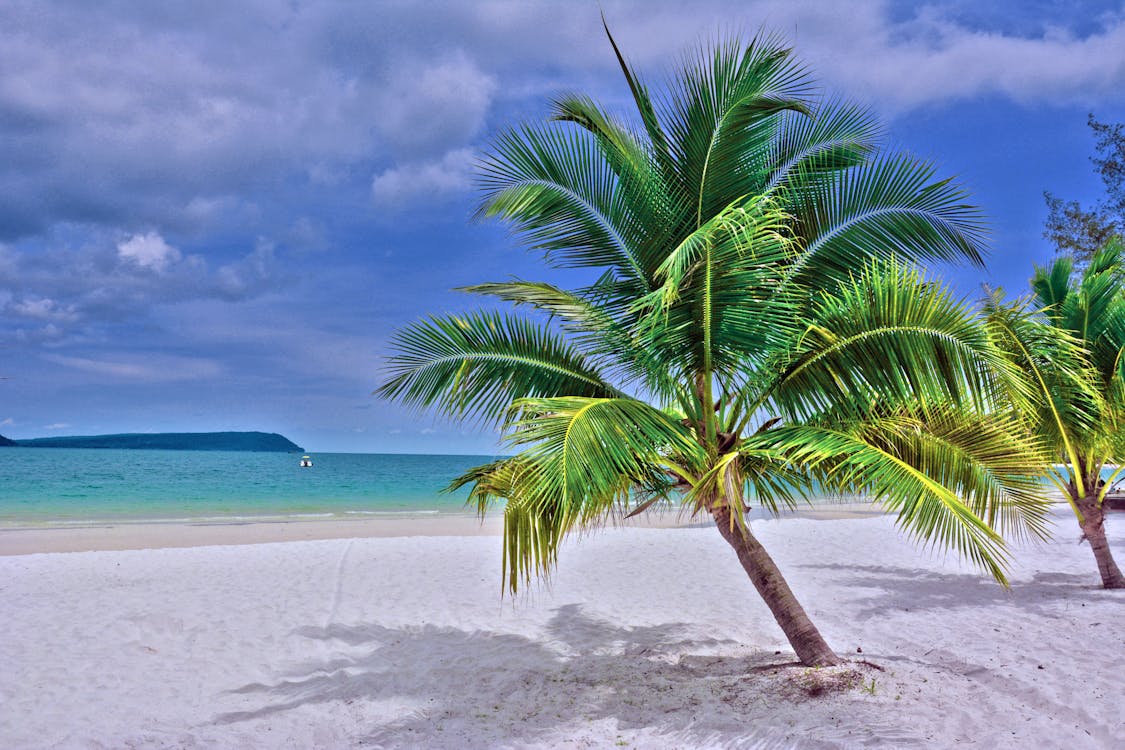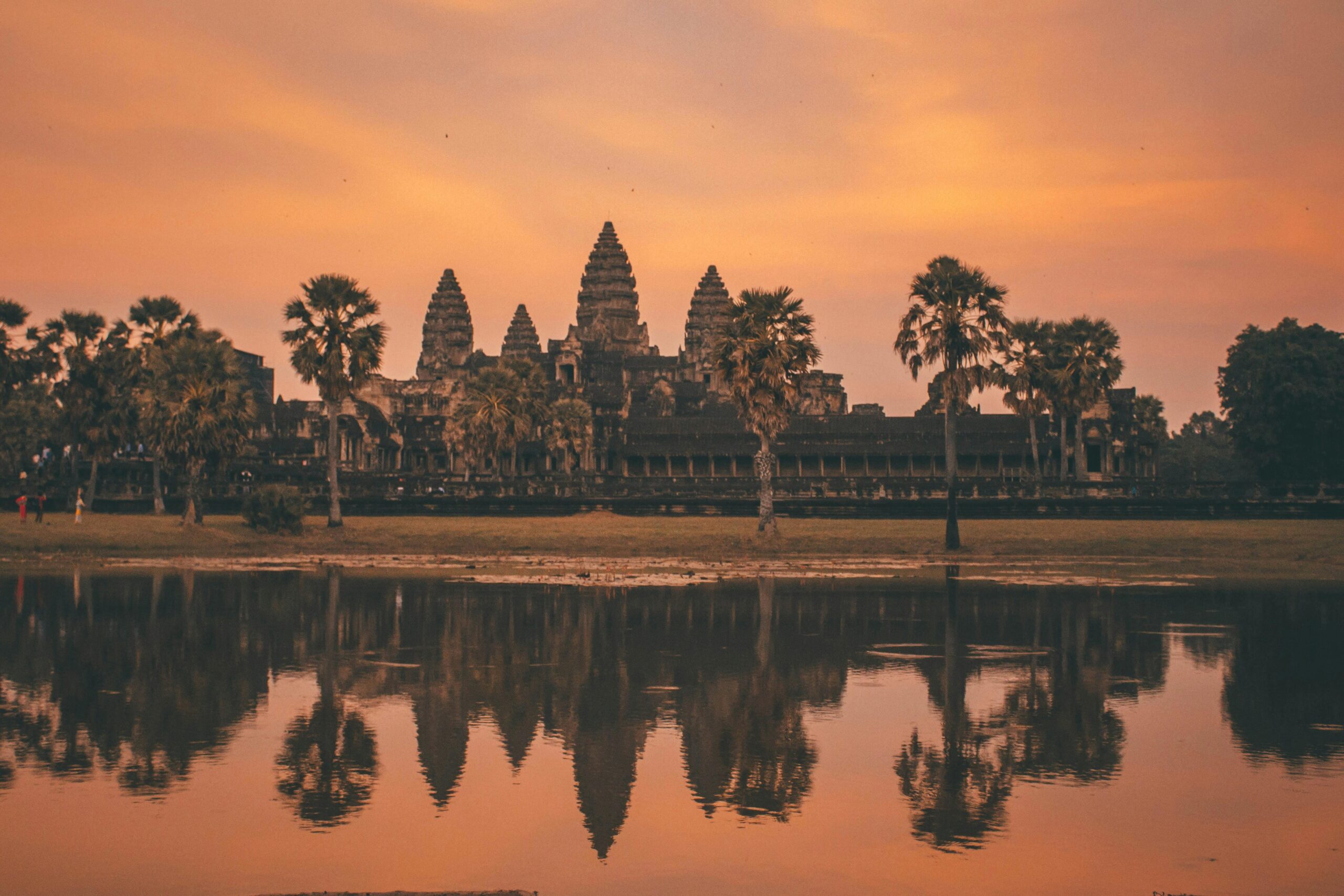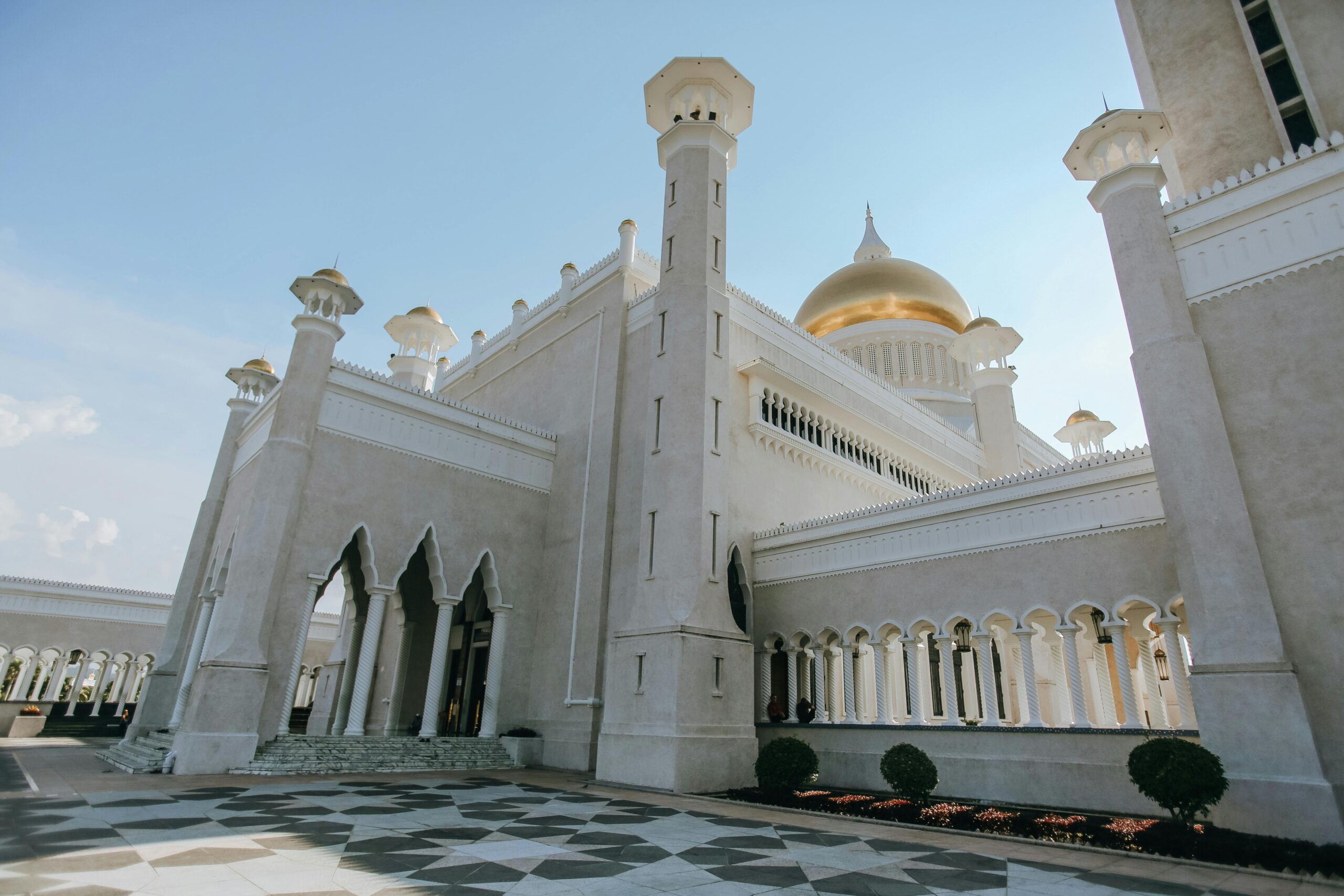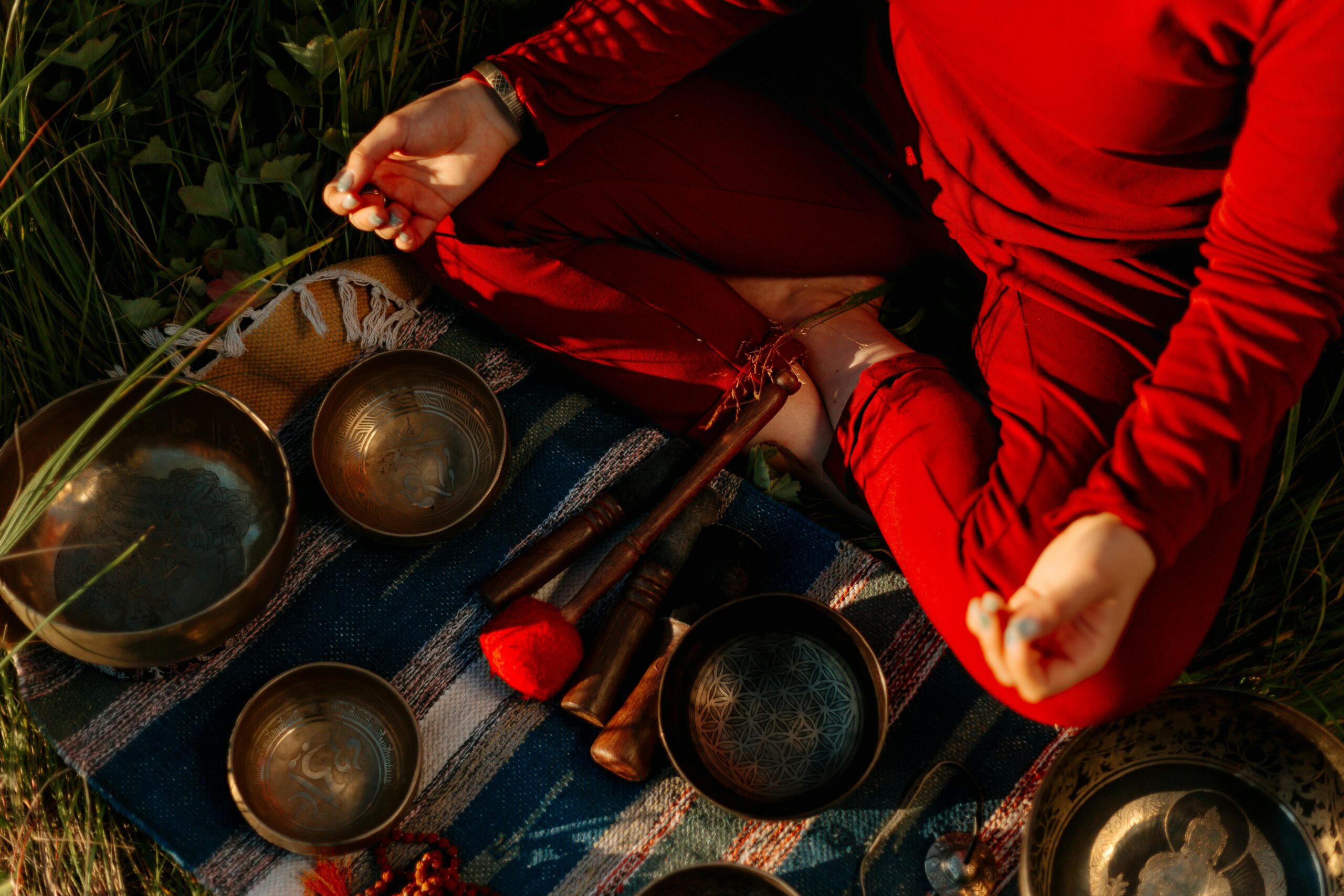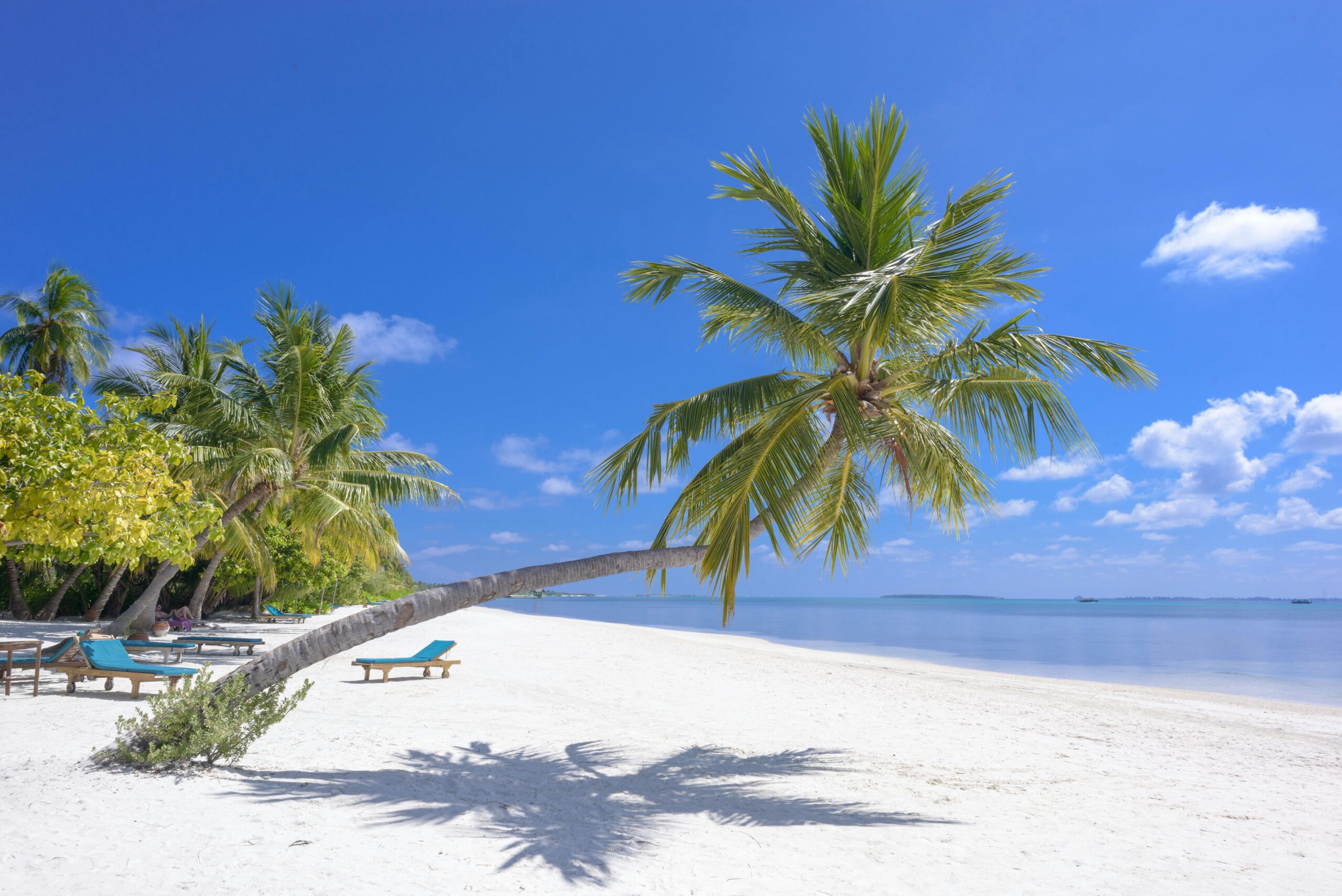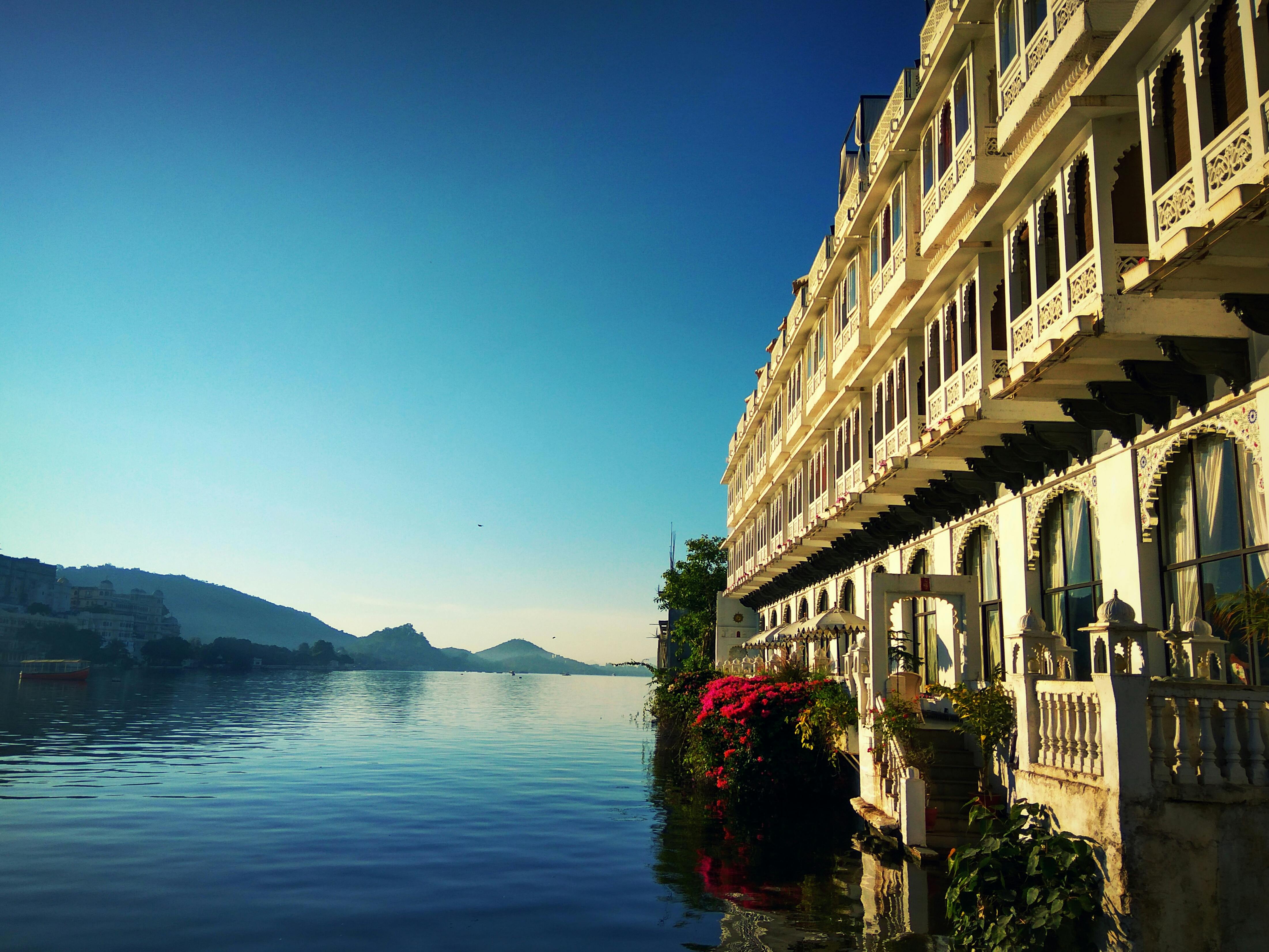Top 10 Must-Visit Destinations in Myanmar for 2025
Myanmar, with its rich culture, ancient temples, pristine beaches, and diverse landscapes, has become an increasingly popular travel destination in Southeast Asia. Whether you’re a history buff, an adventure seeker, or a nature lover, Myanmar offers something for everyone. If you’re planning to visit Myanmar in 2025, here are the top 10 must-visit destinations you can’t afford to miss.
1. Bagan: A Journey Through Time
Bagan is home to over 2,000 ancient temples, stupas, and pagodas, making it one of the most iconic historical sites in the world. Watching the sunrise over the temple plains is an unforgettable experience. Bagan is perfect for history lovers, photographers, and anyone interested in ancient civilizations.
Best for: History, culture, photography
Highlight: Sunrise and sunset views from the temples
2. Yangon: The Gateway to Myanmar
As the largest city in Myanmar, Yangon serves as the main gateway for travelers. Famous for its stunning colonial architecture and the majestic Shwedagon Pagoda, a UNESCO World Heritage site, Yangon offers a blend of modern life and traditional charm. The vibrant markets, street food, and local culture add to the city’s dynamic atmosphere.
Best for: Culture, architecture, food
Highlight: The Shwedagon Pagoda, bustling markets, and colonial-era buildings
3. Mandalay: The Last Royal Capital
Mandalay, Myanmar’s second-largest city, is a place of immense historical and cultural significance. It was the last royal capital of Myanmar before the British annexation. Key attractions include the Mandalay Hill, Mingun Pagoda, and the Royal Palace. For those interested in Buddhism, the U Bein Bridge and Mahagandayon Monastery are also notable.
Best for: Culture, history, spiritual experiences
Highlight: Mandalay Hill and U Bein Bridge at sunset
4. Inle Lake: A Tranquil Escape
Inle Lake, located in the Shan Hills, is famous for its floating gardens, unique fishermen, and picturesque villages. Travelers can explore the lake by boat, visiting the floating market and ancient pagodas like Phaung Daw Oo Pagoda. It’s an ideal destination for those seeking peace and natural beauty.
Best for: Nature, adventure, photography
Highlight: Boat ride on Inle Lake and visiting the floating gardens
5. Ngapali Beach: A Tropical Paradise
For beach lovers, Ngapali Beach is a must-visit destination in Myanmar. Known for its crystal-clear waters, white sand beaches, and relaxed atmosphere, Ngapali is perfect for those looking to unwind. The surrounding fishing villages add charm to the coastal experience.
Best for: Relaxation, beach activities, nature
Highlight: Swimming, sunbathing, and seafood dining by the beach
6. Hpa-An: The Hidden Gem of Myanmar
Nestled in the Kayin State, Hpa-An is a small town surrounded by breathtaking limestone mountains and caves. It is home to the Saddan Cave, Lumbini Garden, and Kyauk Kalap Pagoda, perched on top of a rock in the middle of a lake. Hpa-An offers a tranquil escape into nature.
Best for: Nature, hiking, exploration
Highlight: Saddan Cave and the view from Kyauk Kalap Pagoda
7. Bagan Archaeological Zone: Exploring Ancient Temples
While Bagan as a whole is a must-visit, the Bagan Archaeological Zone offers the best experience of this UNESCO-listed site. Rent a bike or e-bike to explore the numerous temples, pagodas, and monasteries that have stood for over a thousand years. Don’t miss the famous Ananda Temple and Dhammayangyi Temple.
Best for: History, photography, culture
Highlight: E-bike ride through the temple ruins
8. Kyaiktiyo Pagoda (Golden Rock)
The Golden Rock at Kyaiktiyo Pagoda is one of the most iconic pilgrimage sites in Myanmar. The rock, which appears to be precariously balanced, is covered in gold leaf and attracts both pilgrims and tourists. The site offers a breathtaking view of the surrounding mountains and valleys.
Best for: Spiritual experiences, nature, cultural history
Highlight: The Golden Rock at sunset
9. Bago: The City of Ancient Temples
Bago is a city steeped in history, known for its ancient temples and pagodas. Among the highlights are the Shwethalyaung Buddha, one of the largest reclining Buddha statues in Myanmar, and Kyaik Pun Pagoda with its four giant Buddha statues.
Best for: History, culture, temples
Highlight: The Shwethalyaung Buddha and Kyaik Pun Pagoda
10. Mount Popa: An Active Volcano and Spiritual Hub
Mount Popa, an extinct volcano located in central Myanmar, is considered the home of Myanmar’s Nats (spirits). The Taung Kalat Monastery, perched atop a rocky peak, offers panoramic views of the surrounding landscape. A visit to Mount Popa provides both spiritual significance and natural beauty.
Best for: Spirituality, hiking, adventure
Highlight: Hike up to Taung Kalat Monastery and panoramic views
Conclusion
Myanmar is a land of breathtaking landscapes, rich cultural history, and vibrant traditions. Whether you’re exploring the ancient temples of Bagan, relaxing on the beaches of Ngapali, or seeking spiritual enlightenment at the Golden Rock, the country offers unforgettable experiences. Plan your trip for 2025 and immerse yourself in the beauty and wonder of Myanmar.
Read more
